Essential Hiking Pole Tips for Beginners and Experts
Hiking is a beloved activity for many outdoor enthusiasts, offering a chance to connect with nature, challenge oneself, and enjoy breathtaking views. Whether you’re a beginner or a seasoned hiker, hiking poles can be an invaluable tool to enhance your experience.
This comprehensive guide will delve into the essential hiking pole tips for both beginners and experts, ensuring you get the most out of your outdoor adventures.
Benefits of Using Hiking Poles

Improved Balance and Stability
One of the primary benefits of hiking poles is the improved balance and stability they provide. By offering additional points of contact with the ground, hiking poles help you maintain your equilibrium, especially on uneven or slippery terrain.
Reduced Impact on Joints
Hiking can be tough on your joints, particularly your knees and ankles. Hiking poles help distribute your weight more evenly, reducing the impact on your lower body and preventing strain and injuries.
Enhanced Endurance
Using hiking poles can enhance your endurance by allowing you to engage your upper body muscles. This means you can hike longer distances with less fatigue, making your adventures more enjoyable.
Types of Hiking Poles

Telescoping Poles
Telescoping poles are adjustable and can be extended or shortened to suit your height and the terrain. They are versatile and popular among hikers of all levels.
Folding Poles
Folding poles are compact and easy to pack, making them ideal for travel. They usually consist of several sections that can be folded down, making them highly portable.
Fixed-Length Poles
Fixed-length poles are sturdy and reliable but lack adjustability. They are best suited for activities like Nordic walking, where a consistent pole length is beneficial.
Choosing the Right Hiking Poles
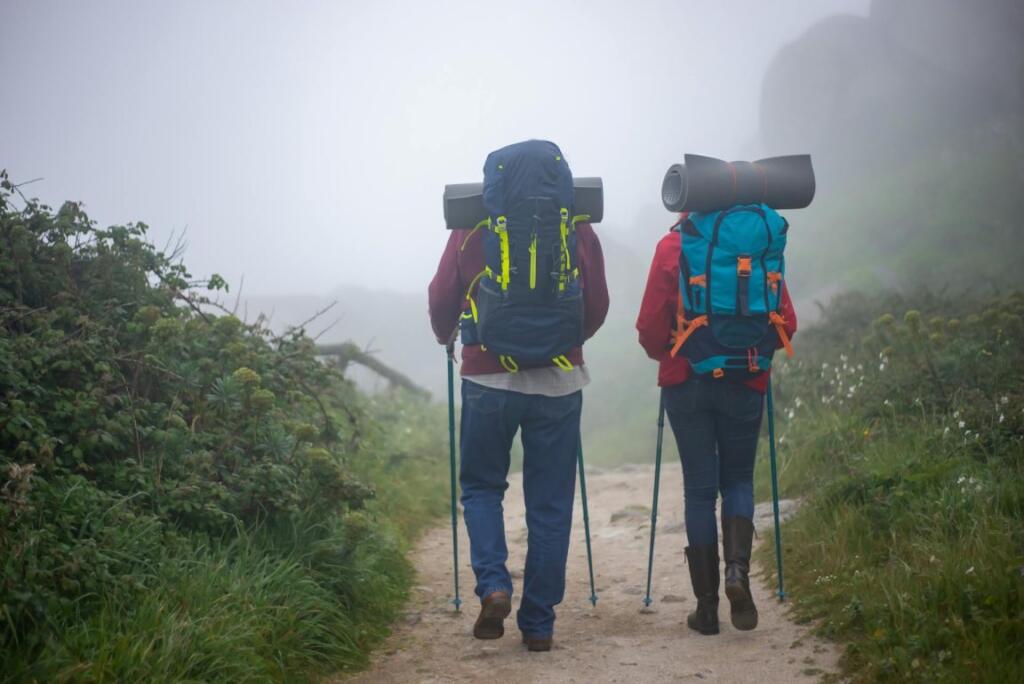
Material Considerations
Hiking poles are typically made from aluminum or carbon fiber. Aluminum poles are durable and affordable, while carbon fiber poles are lightweight and reduce vibration but can be more expensive.
Weight and Portability
Consider the weight of the poles, especially if you’re going on long hikes. Lighter poles are easier to carry and less tiring to use over extended periods.
Grip and Straps
Grips come in various materials such as cork, foam, and rubber. Cork grips are comfortable and wick away sweat, foam grips are soft and absorbent, and rubber grips are durable and provide good traction. Straps help secure the poles to your hands, reducing the risk of dropping them.
Choose Trekking Poles for Rugged Adventures
Choosing the right trekking poles is crucial for rough terrain and backpacking trips. Unlike ski poles, trekking poles are designed for stability on varied surfaces. Look for a durable pole shaft made from aluminum or carbon fiber.
Some trekking poles also feature shock and vibration absorption, which reduces strain on your joints. Rubber walking tips and tip protectors offer better grip and durability. The right poles enhance support and balance, making your adventures more enjoyable and less tiring.
Adjusting Your Hiking Poles
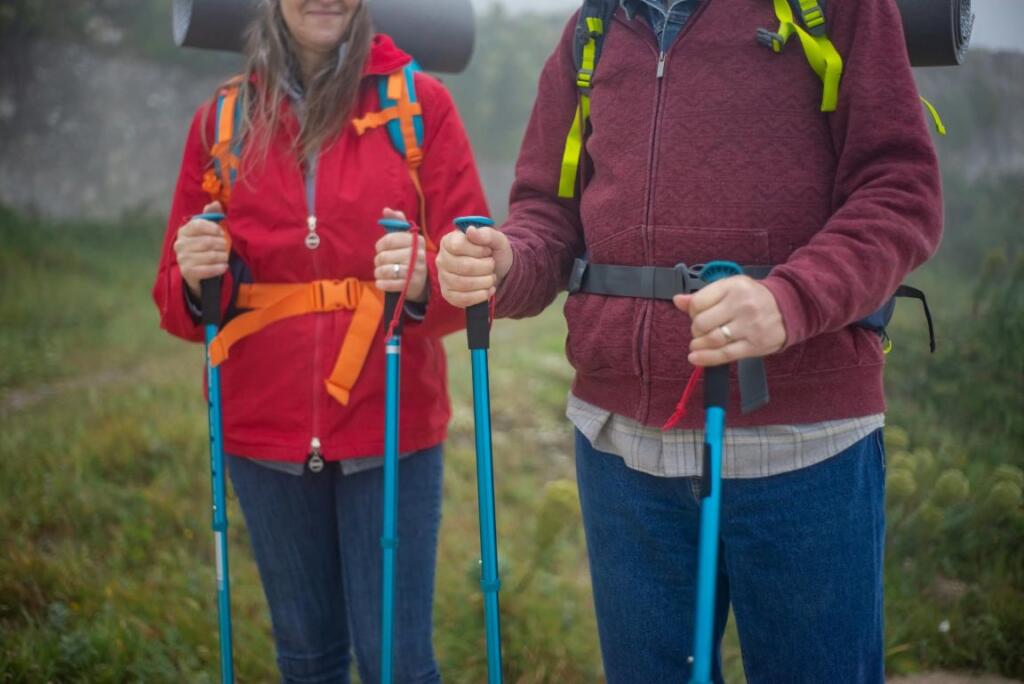
Correct Pole Length
The correct pole length is crucial for comfort and effectiveness. A general rule is to adjust the poles so that your elbows form a 90-degree angle when holding the poles with the tips on the ground.
Adjusting for Different Terrains
Adjust your poles for uphill, downhill, and flat terrains. Shorten the poles for uphill climbs to maintain balance and lengthen them for downhill descents to reduce strain on your knees.
Fine-Tuning Your Poles
Fine-tuning your poles involves making small adjustments to achieve the perfect fit. Experiment with different lengths and angles to find what works best for you.
Using Hiking Poles Effectively
Walking Techniques
Use a natural, rhythmic motion when walking with your poles. Plant the poles slightly ahead of you and push off as you step forward, keeping your movements fluid and coordinated.
Uphill and Downhill Strategies
For uphill hiking, shorten your poles and use them to pull yourself up. For downhill hiking, lengthen your poles and use them to brace yourself and reduce the impact on your knees.
Navigating Difficult Terrain
When navigating rocky or uneven terrain, use your poles for extra stability. Place the poles firmly on the ground before stepping to ensure secure footing.
Maintaining Your Hiking Poles
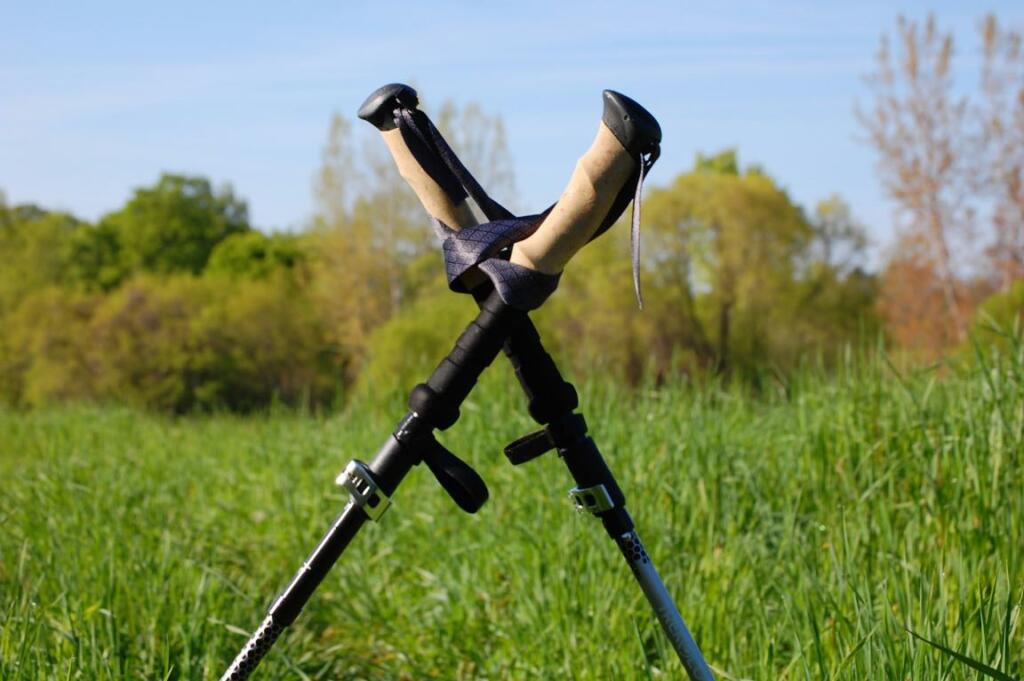
Cleaning and Care
Regularly clean your hiking poles to remove dirt and debris. Use mild soap and water, and dry them thoroughly before storing them to prevent corrosion.
Inspecting for Damage
Inspect your poles for signs of wear and damage, such as cracks or bent sections. Replace any damaged parts to ensure your poles remain safe and functional. Be especially vigilant about the condition of your hiking pole rubber tips and metal tips, as they are crucial for maintaining stability and preventing slips.
Storage Tips
Store your hiking poles in a cool, dry place. Avoid leaving them in direct sunlight or extreme temperatures, as this can weaken the materials.
Hiking Pole Accessories
Baskets and Tips
Baskets and tips can be attached to the ends of your poles to improve their performance. Baskets are useful in snow or mud, while rubber hiking pole tips provide extra grip on hard surfaces. Regularly check your poles for hiking pole replacement tips to ensure they remain in top condition.
Rubber Feet
Rubber feet are ideal for urban hiking or when you need extra traction on rocky terrain. They can be easily removed and replaced as needed.
Camera Mounts
Some hiking poles come with camera mounts, allowing you to attach your camera and use the pole as a monopod. This is great for capturing steady shots of your adventures.
Common Mistakes to Avoid

Over-Adjusting the Poles
Avoid over-adjusting your poles, as this can weaken the locking mechanisms and cause the poles to collapse. Make small adjustments and ensure the locks are secure.
Incorrect Grip
Holding the poles incorrectly can cause discomfort and reduce their effectiveness. Make sure to grip the poles firmly but not too tightly, and use the straps to support your wrists.
Ignoring Maintenance
Neglecting maintenance can lead to damaged poles and reduced performance. Regularly clean and inspect your poles to keep them in top condition. Pay particular attention to the trekking pole tips and replacement tips to ensure they are not worn out.
Hiking Pole Exercises
Strengthening Exercises
Incorporate strengthening exercises into your routine to improve your hiking performance. Focus on exercises that target your upper body, core, and legs.
Flexibility Workouts
Flexibility workouts help prevent injuries and improve your range of motion. Include stretching exercises that target your shoulders, arms, and legs.
Balance Drills
Balance drills enhance your stability and coordination. Practice standing on one leg, walking on a balance beam, or using a balance board.
Hiking Poles for Different Activities
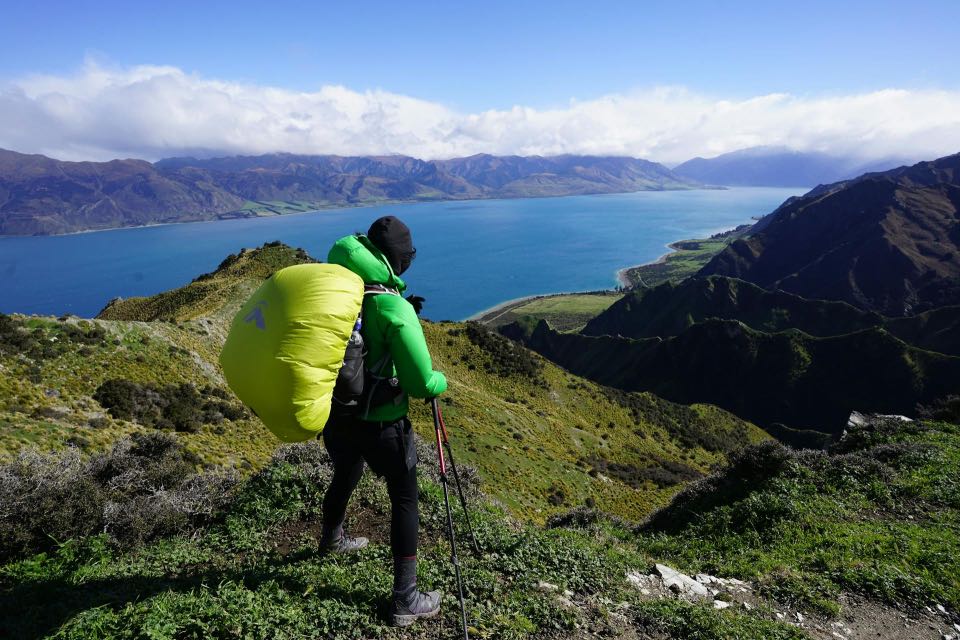
Backpacking
Hiking poles are essential for backpacking, providing support and stability when carrying a heavy load. They help distribute weight evenly and reduce strain on your body.
Trail Running
Trail runners can benefit from using lightweight, collapsible poles. They provide extra balance and help maintain a steady pace on challenging trails.
Nordic Walking
Nordic walking involves using specially designed poles to engage your upper body muscles. It’s a great way to improve fitness and burn more calories.
Environmental Considerations
Leave No Trace Principles
Follow Leave No Trace principles when using hiking poles. Be mindful of your impact on the environment and avoid damaging trails or vegetation.
Minimizing Trail Damage
Use rubber tips or baskets to minimize trail damage. Avoid using sharp carbide tips on delicate terrain, as they can cause erosion and harm plant life.
Respecting Wildlife
Respect wildlife by keeping a safe distance and not disturbing their natural habitat. Use your poles responsibly and avoid making loud noises.
Real-Life Experiences and Testimonials
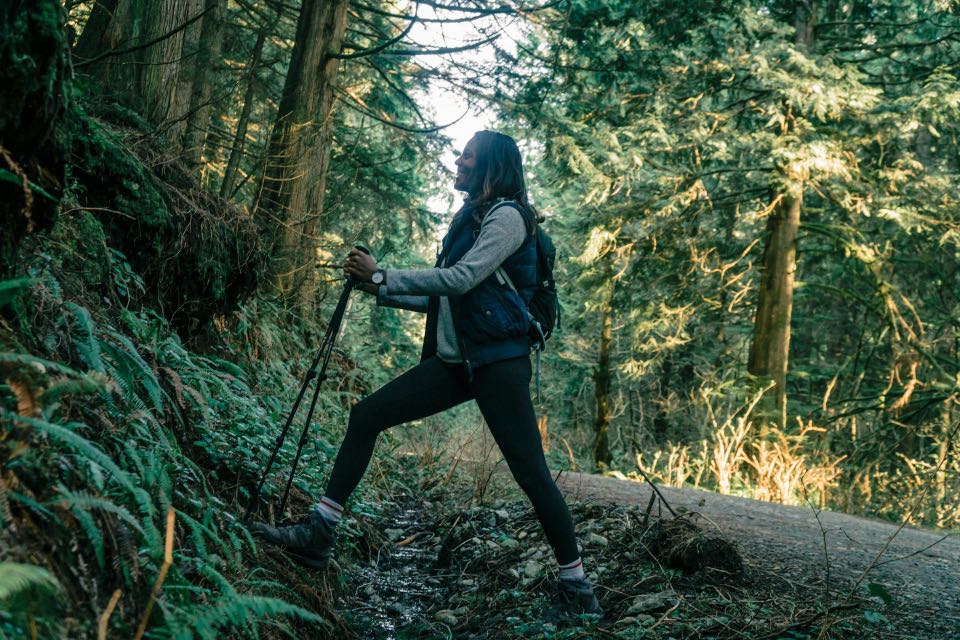
Beginner Stories
Many beginners have shared how hiking poles have transformed their hiking experiences. They often mention the added confidence and stability the poles provide.
Expert Insights
Experts recommend using hiking poles for their numerous benefits. They highlight the importance of choosing the right poles and using them correctly to get the most out of your hikes.
Lessons Learned
Both beginners and experts share lessons learned from their hiking pole experiences. Common themes include the benefits of using poles and the importance of regular maintenance. Many also emphasize the value of having a good pair of trekking poles that can absorb shock and reduce vibrations.
Conclusion
Hiking poles are an essential tool for both beginners and experts, offering numerous benefits that enhance your outdoor adventures. By choosing the right poles, adjusting them correctly, and using them effectively, you can enjoy greater balance, stability, and endurance on the trails.
Remember to maintain your poles, avoid common mistakes, and respect the environment to ensure a positive hiking experience. So grab your poles and hit the trails with confidence!
Happy Hiking!
Frequently Asked Questions
For more information on traveling and destination recommendations, check out my other articles on WanderingNotLost.org
Wanderingnotlost.org is a participant in the Amazon Services LLC Associates Program, an affiliate advertising program designed to provide a means for website owners to earn advertising fees by advertising and linking to amazon(.com, .co.uk, .ca etc) and any other website that may be affiliated with Amazon Service LLC Associates Program.As an Amazon Associate, I earn from qualifying purchases







